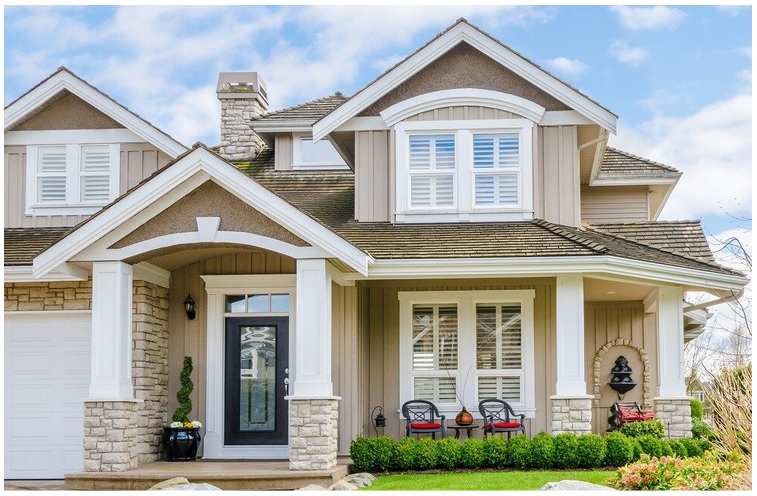Are you planning to paint your exterior? The right paint choice is difficult when it comes to painting the exterior of your home. Weather can play a part in how the paint is applied and how long it takes to cure and it also affects your paint job.
Here are some ways that weather can affect the outside paint on your home and some advice for protecting your investment.
The Impact of Weather on Your Exterior Painting
Here, you can get the answer!
Temperature Condition
Your exterior painting does not like excessive temperatures at all. The ideal storage temperature for most paints is between 50 and 85 degrees Fahrenheit. Painting should adhere effortlessly in this temperature range, if the temperature is too high, the painting must dry off too quickly. It can cause crackling and blistering. Conversely, at low temperatures, the painting cannot be dried too quickly.
● Possible Solution: It is crucial to understand the weather before you start painting. When the sun’s rays aren’t as powerful, try painting in the early morning or late afternoon if you are painting in direct sunlight.
Effect of Humidity
Moreover, humidity greatly influenced the drying time of the paint. High humidity slows down the drying process; therefore, in such conditions, the paint is highly likely to drip and cause uneven finishes. On the other hand, too much dryness in the air may be responsible for the rapid drying, peeling, or cracking of the paint.
● Possible Solution: If you stay in an extremely humid area, try to complete your painting job when the temperature is low. Additionally, you can use a dehumidifier to manage the moisture.
The Hazards of Wind
Moreover, wind can affect the quality of your paint job significantly, especially when you are using a paint gun for its application by spraying. It happens because very strong winds blow away paint from the area one is painting, leading to an uneven finish and wasted paint.
● Possible Solution: If you are painting on a windy day, try to paint when the wind is blowing at your back. You can also use plastic protection or cardboard to guard the surrounding area from overpainting.
Rain Can Ruin the Paint
Of all the weather-related risks to a freshly painted surface, there is nothing as bad as rain. Or what is more irritating, is that it begins to pour before the paint has had the time to cure, it will create an uneven surface.
● Possible Solution: If possible, it is best to call your exterior painters later when the rain is expected. But if unexpectedly it starts raining, protect the painting area as much as possible with a tarp of plastic sheet.
Final Thoughts
Weather is a major factor in exterior painting. You should check the full weather forecast before you start to paint your exterior. Proper selection of low humidity and mild temperatures ensures fair drying and appropriate adhesion of paint. Whether it rains or there is bright sunlight, you can avoid blistering and peeling by taking proper precautions. Knowing how to plan your work in the weather will leave your house looking nice and durable.




